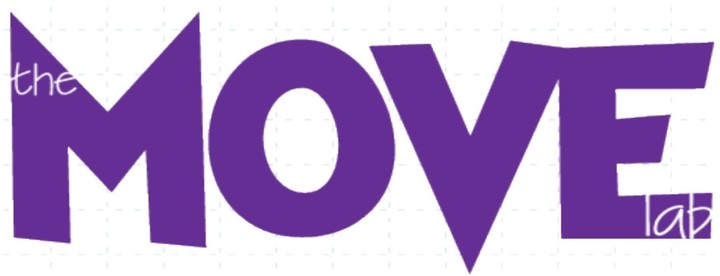The MoveLab

Overview
The MoveLab was an interdisciplinary informal educational project combining dance and technology as a medium for expression for the learners. The workshop spanned several communities involving artists and organizers from a local non-profit arts collective, students from Georgia Tech, and students and mentors from a community organization focused on providing personal growth opportunities for underserved girls in metro-Atlanta. This was our first investigation understanding the design of a learning environment focused on creating a community of learners that promoted self-reflection and integration of student values.
Motivation
The MoveLab was intended to create a community of learners by bringing in learners from different backgrounds to work together building, designing and teaching one another as they learned about dance and technology. We wanted to understand if we could create a computing and dance educational environment that provided insights on how to develop inclusive learning environments. Integrating meta-design processes, which are a type of participatory design, scaffolded the learners to self-reflect on issues that were important to themselves and integrate these reflections into their design processes for the dance. The participants created three dances that centered on the expression of themes involving self-esteem, deforestation of nature, and bullying.
Each of the groups integrated technology in different ways. Below is a picture of a dance top constructed by the group focused on bullying. The students mimed out a bully pushing another student using the (a) capacitive touch sensors which then triggered a buzzer (b) to go off and the LEDs (c) to turn red. Throughout the dance the student stands up to the bully and then becomes friends with the bully at which point the students had the LED change to blue, triggered by another touch to the capacitive sensors.

Research
The research questions that we were trying to understand within the MoveLab were:
RQ1 How can we create an inclusive community of learners using dance and technology as a medium for expression?
RQ2 What characteristics of a learning environment help students develop alignment between their self-concept and the disciplines of computing and dance?
Throughout the workshop we found dynamic processes that were occurring during each encounter with the technology. These nonlinear processes were shaping the students’ self-conceptions of how they aligned and rejected views of themselves in relation to computing and technology. We found that students would create alignment with computing through experiences which allowed them to take agency, be proud of their work, narrow their expertise, develop a group identity, and express their personal values. On the flip side students would reject views of themselves in relation to computing when they rejected preconceived ideas of computing, they were trying to avoid failure, when they had conflicting values with the work, and when they rejected participation with the group. Each student had a different path throughout the workshop as they experienced a variety of different situations; thus arriving at different perspectives of computing by the end of the workshop.
Computing and dance were integrated into the learning environment as a medium for expression and communication. We found that this provided opportunities for the dances and technology within these dances to serve as boundary objects enabling students to project multiple values onto their interpretations. The meta-design processes embedded in the learning activities prompted students to express the things they cared about in their dialogue, interactions with one another, and design of computing artifacts.
Publications
DesPortes, K., Spells, M., & DiSalvo, B. (2016a). Interdisciplinary Computing and the Emergence of Boundary Objects: A Case-Study of Dance and Technology. International Society of the Learning Sciences, (pp. 890-893). [Download]
DesPortes, K., Spells, M., & DiSalvo, B. (2016b). The MoveLab: Developing Congruence Between Students’ Self-Concepts and Computing. (pp. 267–272). ACM [Download]
Research Team
- Monet Spells - MS in Human-Computer Interaction @ Georgia Tech
- Dr. Kayla DesPortes - Assistant Professor of HCI and the Learning Sciences @ NYU
- Dr. Betsy DiSalvo - Associate Professor @ Georgia Tech
Note: this was done as part of my PhD work @ Georgia Tech under the advisement of Betsy.